
Dish
Akki rotti
Akki rotti is made by mixing rice flour with water and kneading it into a dough. The dough is then flattened into a thin circle and cooked on a griddle. The dish is popular in the southern Indian states of Karnataka and Tamil Nadu. It is a staple food in these regions and is often eaten for breakfast or as a snack. Akki rotti is a gluten-free dish and is suitable for people with celiac disease or gluten intolerance.
Origins and history
Akki rotti has been a popular dish in southern India for centuries. It is believed to have originated in the state of Karnataka. The dish is often served at festivals and special occasions.
Dietary considerations
Gluten-free, suitable for people with celiac disease or gluten intolerance
Variations
There are many variations of akki rotti, including adding spices, vegetables, or herbs to the dough. Some popular variations include onion, carrot, and coriander akki rotti.
Presentation and garnishing
To make the perfect akki rotti, make sure the dough is not too dry or too wet. Use a non-stick griddle to cook the rotti and flip it over when it starts to turn golden brown. Serve hot with your favorite chutney or curry. Garnish with fresh coriander leaves or grated coconut.
Tips & Tricks
Akki rotti dough can be difficult to handle, so it's important to knead it well and use enough water to make it pliable. If the dough is too dry, the rotti will be hard and difficult to chew. If the dough is too wet, the rotti will be soft and mushy. Experiment with different variations to find your favorite flavor.
Side-dishes
Akki rotti is often served with coconut chutney, tomato chutney, or sambar. It can also be served with a variety of curries.
Drink pairings
Akki rotti is typically served with tea, coffee, or buttermilk.
Delicious Akki rotti recipes
More dishes from this category... Browse all »
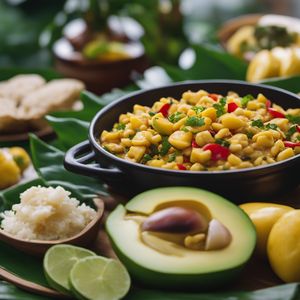
Ackee and Saltfish
Jamaican cuisine
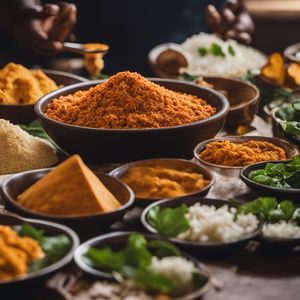
Akwadu
Cameroonian cuisine

Aloo paratha
Indian cuisine

Arepa paisa
Colombian cuisine

Aseeda
Yemeni cuisine
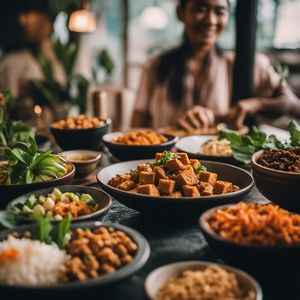
Babakau
Micronesian cuisine
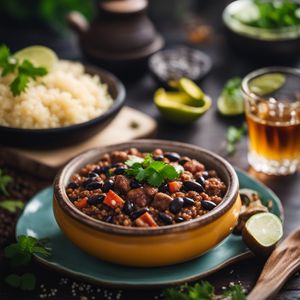
Baixaria
Brazilian cuisine

Bal kaymak
Turkish cuisine
More cuisines from this region...
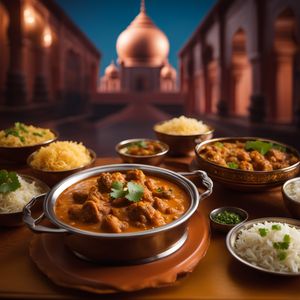
East Indian cuisine
Spicy and tangy flavors, Uses a lot of herbs and spices (mustard seeds, cumin, coriander), Uses a lot of fish and seafood which give it a unique flavor
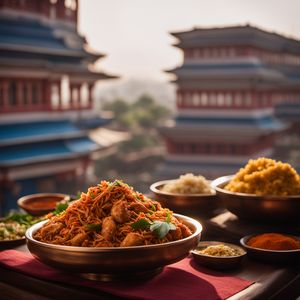
North East Indian cuisine
Spicy, Tangy, Flavorful, Unique
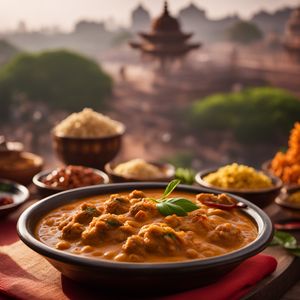
North Indian cuisine
Spicy, Tangy, Aromatic, Sweet, Uses a lot of oil and ghee
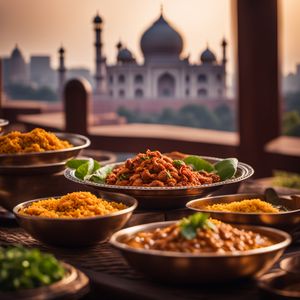
Other Indian cuisine
Spicy, Tangy, Sweet, Sour, Pungent
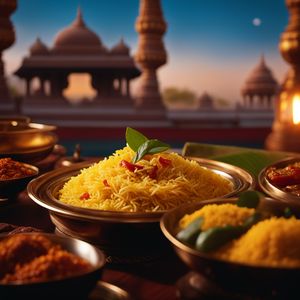
South Indian cuisine
Spicy, Tangy, Sweet, Savory, Aromatic
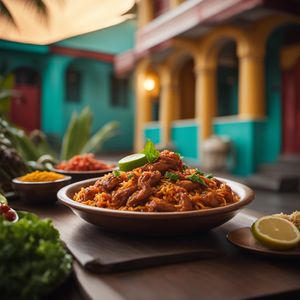
West Indian cuisine
Spicy, Bold, Tangy, Sweet, Savory

